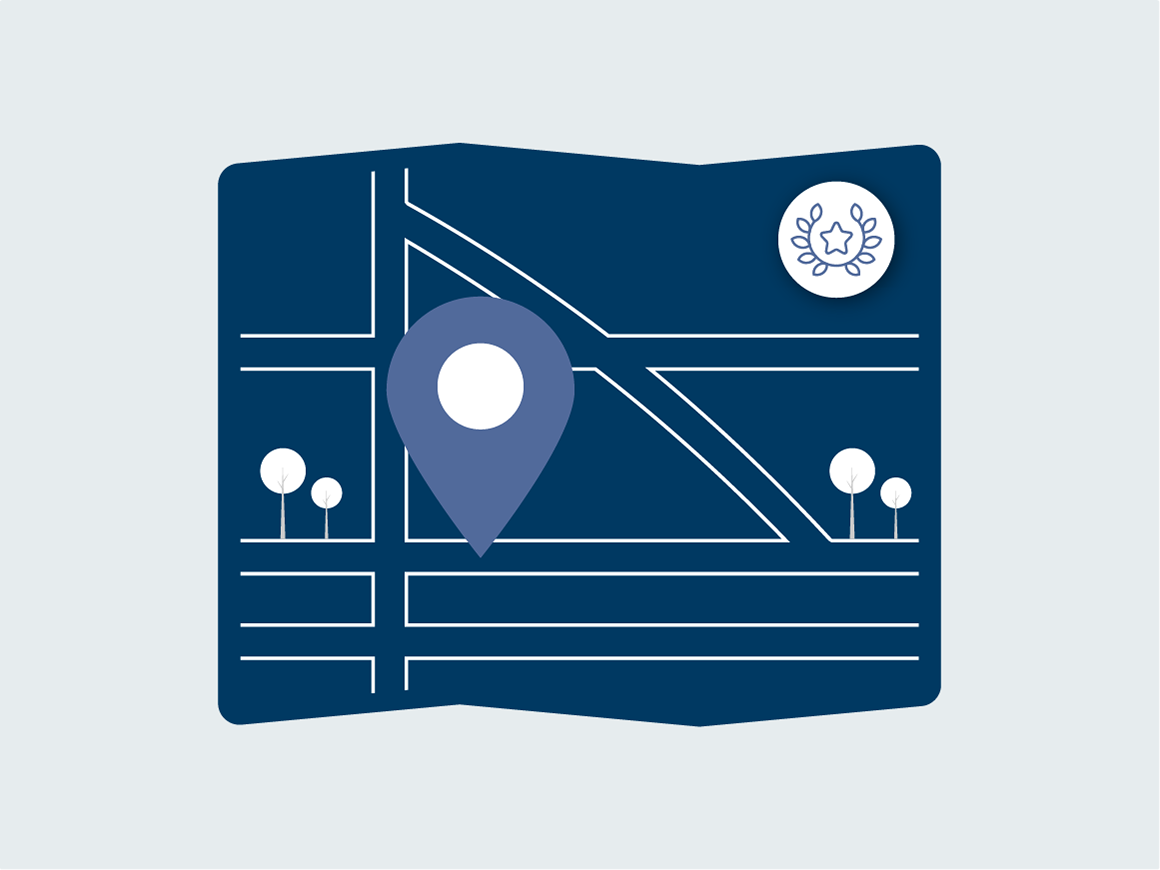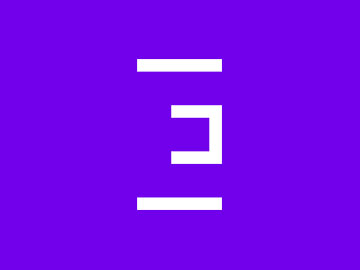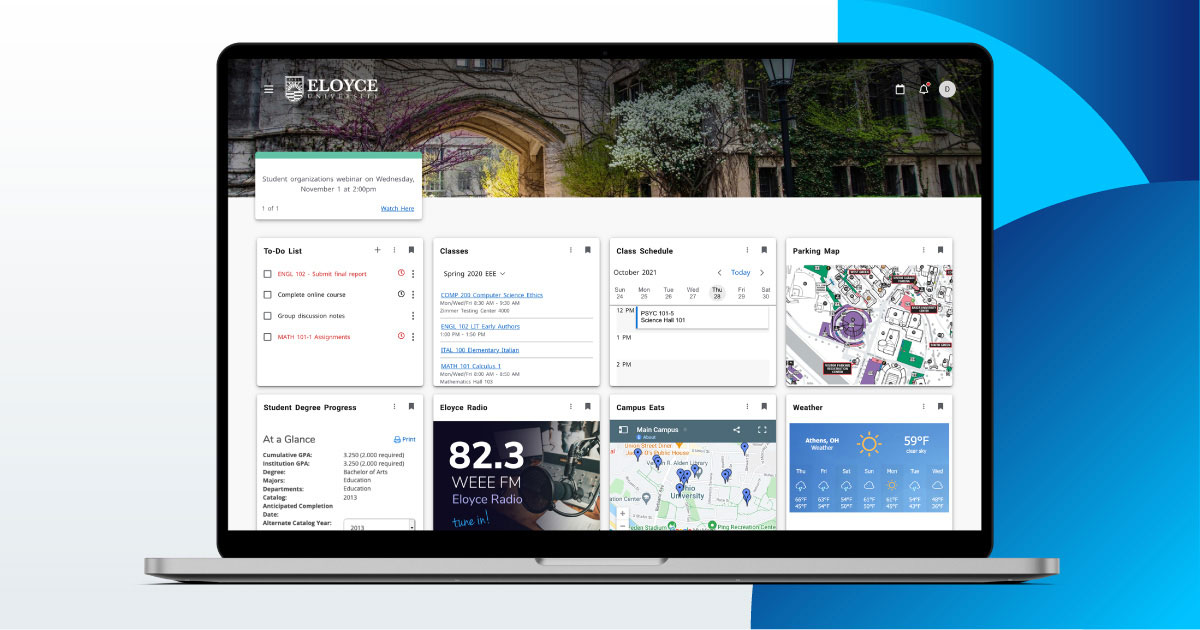Now’s the time to chart the course to institutional success with SaaS, starting by understanding your current technology and preparing every user for the journey ahead.
With the rapid pace of technology, evolving student expectations, and increasing cybersecurity threats, it can be difficult to chart a clear path forward for higher education. But with SaaS, you get a bird’s-eye view of your technology landscape, helping you understand the terrain of current user needs while mapping a future in which you can achieve long-term strategic goals.
Embarking on SaaS migration can be a daunting task for institutions that rely on managed cloud and on-prem environments. How will this migration affect students, faculty, and staff? What type of data governance is required? And how do you phase out years- or even decades-old customizations? Every institution’s journey is different, but the destination is the same: SaaS-enabled success now and into the future.
To explore how higher ed can get there, three technology leaders came together in a recent panel discussion. Join Josh Badal, worldwide public sector education solutions architect with AWS, Steven Wilson, chief information officer at Muskegon Community College, and Eric Goethe, director of solutions architecture at Ellucian for a high-impact discussion on how institutions can get started with SaaS technology.
Establish a Vision
For Dr. Steven Wilson, CIO at Muskegon Community College, the end goal of their current digital transformation project is in sight. At the time of the panel, Muskegon was only four weeks away from go-live with SaaS deployment. But when the journey began, Muskegon’s leaders were looking far beyond this checkpoint. “Our main driver was looking at our long-term institutional value,” says Dr. Wilson. “Where do we see the college in five years? What challenges are we going to have and how do we solve those?”
Meeting those challenges requires more than just SaaS technology. “Everyone plays a crucial role in preparing for new ways of learning and doing,” says Ellucian Director of Solutions Architecture, Eric Goethe. “Future technologies demand cultural change.” To make that change, Goethe recommends institutions start by aligning people across campus under a common goal.
Defining a clear vision that resonates with IT staff, functional users, admins, and faculty helps everyone in the campus community see the path forward. And with a formal change management function, better communication and accountability bridge all units to work collectively toward improvements.
“Look at how change impacts each functional user from their point of view. Relate to them and talk through their concerns,” advises Dr. Wilson. As Muskegon’s IT staff has become more involved with the processes of the functional teams, they’ve fostered a deeper collaboration. IT can help identify long-held inefficiencies and uncover ways of improving processes while end users can provide valuable feedback and help with testing along the way.
Examine Data Governance and Security
Mapping the path ahead is only one part of the prep work needed to embark on a SaaS journey. Institutions also need to make sure their data is ready to safely make the trip. “By moving systems and workloads into SaaS, institutions have a unique window of opportunity to clean up their data and ensure quality and integrity,” says Goethe.
The process of redefining data governance can be a lengthy one depending on the size of the institution and how their information is organized. For some schools, that’s reason enough to put off migration indefinitely, but Goethe goes on to explain why data governance doesn’t have to be so scary. “It’s all about how you prepare as an institution. Establish a governance committee or process, and then work with your technology providers as part of the project planning.”
Once migrated, that data can be secured. Moving critical information to a vendor can feel like handing over the wheel, but as Dr. Wilson explains, institutions still own their processes and security measures. The difference is that data is now protected by best-in-class resources. “Our IT staff have to be generalists. They secure hundreds of pieces of software and systems,” Dr. Wilson says. “Whereas each SaaS provider is specialized for specific pieces of software. I feel confident in their ability to protect them.”
Simplify Customizations
Customizations in higher ed usually sound good at the time. Current technology not quite cutting it? Just make a few tweaks to your solutions and you’ll be good to go! After years of adjustments, however, you’re left with an overly complex system that can’t even efficiently perform its original functions.
Customizations can be comfortable, though, especially when they’re longstanding. And so, when Dr. Wilson was preparing Muskegon’s end users for a simplified, modern technology platform, he warned them that things might feel worse before they get much better. He was surprised to learn, however, that things can get better right away.
“A lot of the customizations were doing things we didn’t need to do anymore, or they were created 10 years ago and can be replaced with faster, better integrated native processes,” he says. Any trepidation from the end-users has slowly turned to appreciation as a simplified system improves day-to-day work, helping staff be more efficient and feel more successful.
The Road Ahead
For other institutions considering a SaaS journey of their own, the panelists agreed that sooner is better than later. Not only can you realize the benefits of SaaS faster, but you can get ahead of looming challenges. “Do you think you’ll get more time and staff in the future? I don’t think so,” says Dr. Wilson. “You need these efficiencies now.”
Getting started with SaaS migration can be daunting and may require you to shed a few customizations along the way, but the result will be a simpler, more efficient technology ecosystem that can meet institutional needs year after year.
Fortunately, institutions don’t have to do it all alone. “Ellucian and AWS are here to enable you,” concludes Goethe. “No matter where you are on your journey, we’re here to partner with you.”



